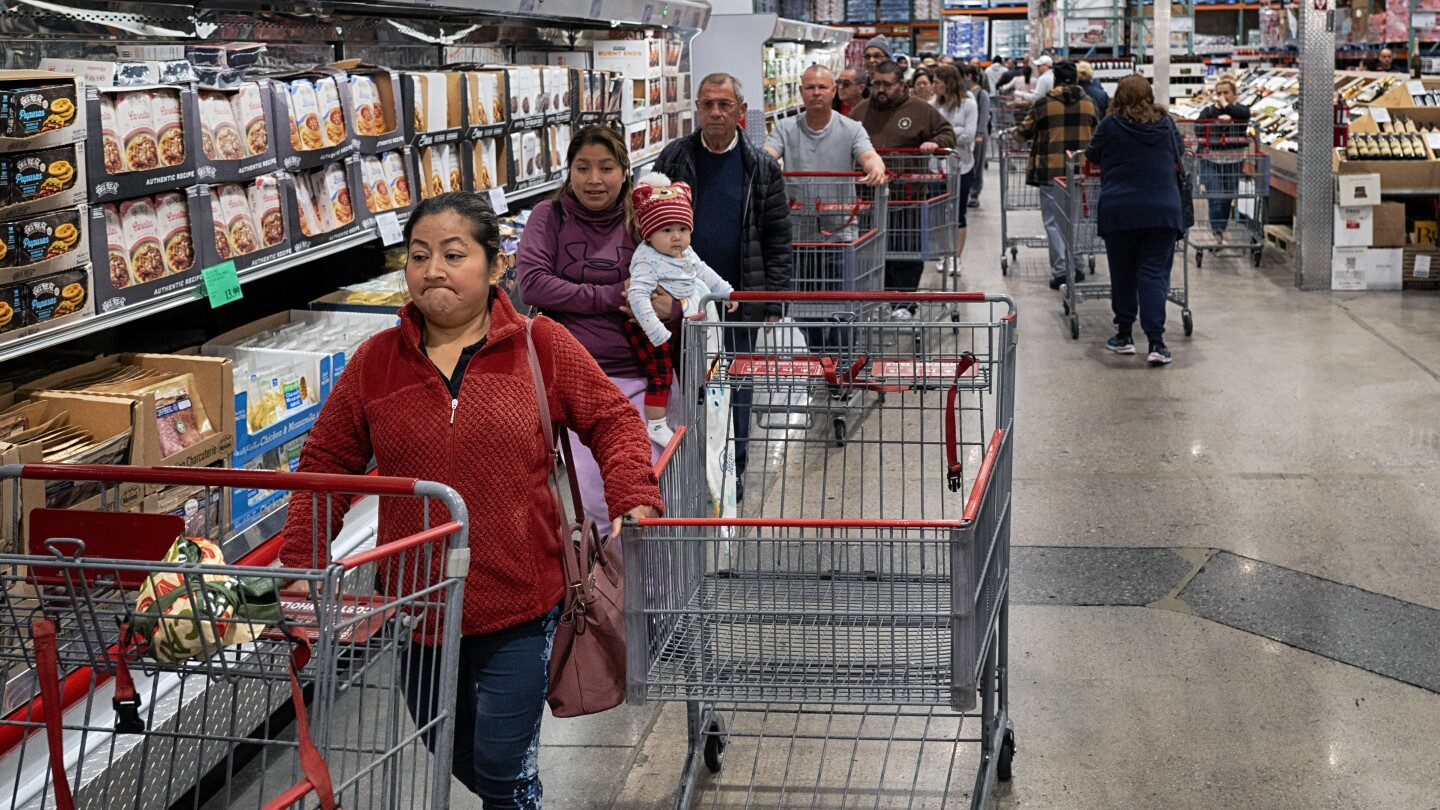U.S. consumers significantly reduced spending in January, marking the largest decline since February 2021, even as inflation eased. The Commerce Department reported a 0.2% drop in consumer spending from the previous month, partly due to unseasonably cold weather. This retreat may indicate growing consumer caution amid rising economic uncertainty. Inflation fell to 2.5% in January from 2.6% in December, with core prices dropping to 2.6%, the lowest since June. Incomes rose by 0.9% in January, boosted by a cost of living adjustment for Social Security beneficiaries. While inflation has decreased from its peak in 2022, concerns remain about President Trump’s proposed tariffs potentially raising prices. Trump plans to double tariffs on Chinese imports to 20% and impose 25% taxes on Canada and Mexico, the U.S.’s top trading partners. Additionally, proposed federal workforce layoffs could increase unemployment. Lydia Boussour, a senior economist at EY, noted that increased uncertainty around trade, fiscal, and regulatory policies clouds the economic outlook. Economists also pointed out that spending reductions followed a robust winter holiday season that saw a surge in December credit card debt. Prices rose 0.3% in January from December, with core prices increasing 0.3%. A report from the Federal Reserve’s Boston branch suggested that 25% tariffs on Canada and Mexico, along with initial 10% taxes on China, could raise core inflation by up to 0.8 percentage points. — news from The Associated Press
